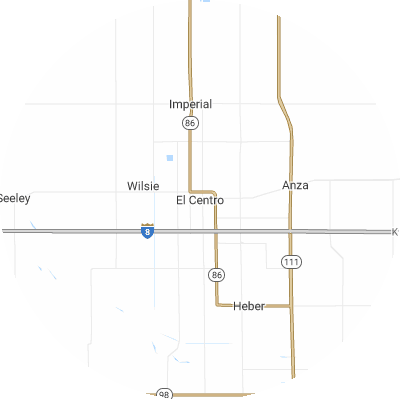Signs You May Need Gutter Guards
Gutter guards aren’t always necessary, but indicators of overflowing and clogged gutters are clear. Here are some signals of chronic gutter issues:
- Soggy ground or visible erosion patterns around your house's foundation
- Mold growth, peeling exterior paint, or interior water stains on walls near gutters.
- Leaky seams or joints where water leaks out of gutters
- Frequent clogs that lead to overflow and water spilling over gutters
- Visibly saggy, damaged, or misaligned gutters that no longer correctly direct rainwater
How To Choose a Gutter Guard Installer
Assess Their Experience
Providers with years of gutter guard installation experience that have worked with a wide variety of styles and models will know how to measure accurately and attach guards to your home’s unique dimensions. Get in touch with these companies to find out about their experience and ask for local references.
Verify Proper Licensing and Insurance
Always confirm your gutter guard installers are properly licensed, bonded, and have workers compensation and general liability insurance. This protects you from liability for any injuries or accidents that could occur. Ask to see current licensing and insurance papers when talking with potential providers.
Choose Reputable Brands
Look for companies that carry highly reputable gutter guard brands like LeafFilter and Gutter Helmet. Avoid companies that offer only generic no-name guards or their own off-brands, which may lack rigorous testing.
Seek Custom Fit Services
For optimal performance, guards should be sized and trimmed on-site to fit your gutters. Select a company that custom sizes and cuts guards for your home rather than using generic guards. Properly fitted guards won't have any gaps where debris can get trapped.
Examine Warranties
High-quality gutter guard installers typically offer 20-year or lifetime warranties protecting against leaks, rust, clogs, and other issues. Before choosing a provider, carefully read through the warranty terms for both workmanship and materials guarantees. Warranties are the best way to safeguard your investment into your gutters.
Check Reviews and Referrals
Be sure to check online reviews on the Better Business Bureau (BBB), Yelp, Google Reviews, and other review sites to learn about customer experiences. Ask neighbors to recommend quality local gutter guard companies. When researching providers, we'd recommend opting for companies with a track record of consistently good feedback instead of just one or two reviews.
Types of Gutter Guards
There are six primary gutter guard types. These include the following:
- Foam guards are lightweight and easy to install. This type of guard catches debris on the foam and keeps it out of your gutter. Foam guards cost roughly $2.42 per linear foot.
- Brush guards are just what they sound like: large brush bristles that sit in your gutters to let water through while blocking debris. Brush guards cost around $3.99 per linear foot.
- Screen guards have large holes that allow water to pass through while blocking debris. Screen guards cost roughly $3.26 per linear foot.
- Mesh guards have smaller holes than screen guards and similarly block debris while letting water flow through. They are durable and allow debris to slide off rather than sit on top of your gutters. On average, you can expect to spend $3.25 per linear foot for mesh guards.
- Micro-mesh guards have even smaller holes than mesh guards and allow even less debris through than mesh. They are very effective. On average, you can expect to spend $4.40 per linear foot for micro-mesh guards.
- Surface tension guards, sometimes called reverse curve guards, use surface tension to encourage debris to slide off while water flows through into the gutter. They are often visible from the ground. On average, you can expect to spend $2.44 per linear foot for surface tension guards.









